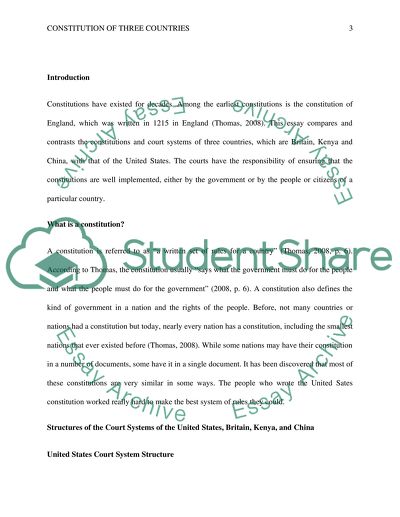Cite this document
(“Constitution of three countries Research Paper Example | Topics and Well Written Essays - 1500 words”, n.d.)
Retrieved from https://studentshare.org/history/1492091-constitution-of-three-countries
Retrieved from https://studentshare.org/history/1492091-constitution-of-three-countries
(Constitution of Three Countries Research Paper Example | Topics and Well Written Essays - 1500 Words)
https://studentshare.org/history/1492091-constitution-of-three-countries.
https://studentshare.org/history/1492091-constitution-of-three-countries.
“Constitution of Three Countries Research Paper Example | Topics and Well Written Essays - 1500 Words”, n.d. https://studentshare.org/history/1492091-constitution-of-three-countries.


